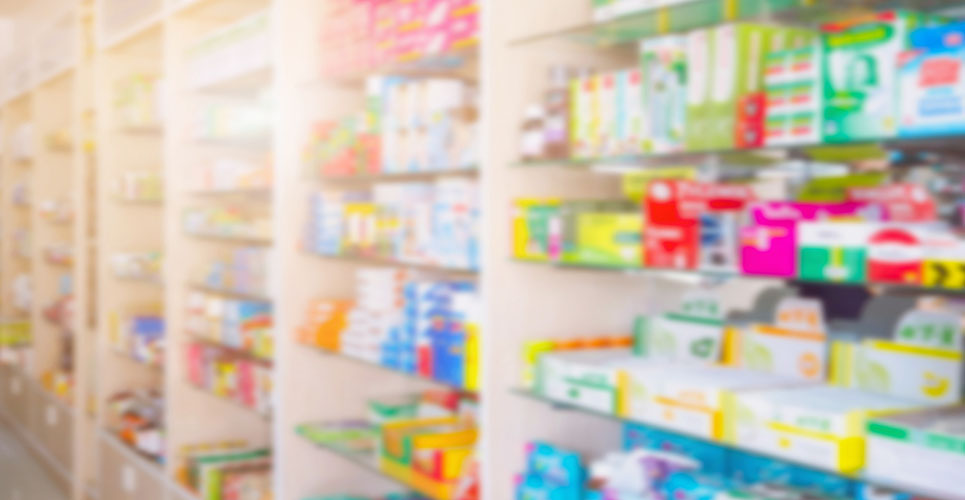teaser
Donald Macarthur
BPharm MRPharmS
Secretary General European Association of
Euro-Pharmaceutical Companies
W:www.eaepc.org
Parallel trade occurs when a product is purchased in one country of the European Economic Area (EEA(*)) where it is cheaper and transported for resale to another EEA country where it is more expensive, in competition with the same product sold by the trademark owner (ie, the manufacturer or its local licensee). Genuine savings result, both from parallel trade’s lower cost and by providing competition in an area where producers not only usually have a patent monopoly, but also have the muscle to go for the best price possible with every customer.
(*)Consisting of the 15 Member States of the European Union plus Iceland, Liechtenstein and Norway
Price competition in branded drugs
In the preamble to the 1989 EU Price Transparency Directive,(1) “the inadequacy or absence of competition in the medicinal products market” in Europe was noted. Even today, price competition with branded medicines in the UK, for example, remains very limited.(2) Despite not undergoing price reductions to meet competition from new class entrants, innovative drugs generally retain a high – even dominant – market share, mainly due to price insensitivity on the part of prescribers. This is where parallel trade can help. It is, in Alliance UniChem Director Kenneth Clarke’s words: “The nearest to price competition in drugs that Europe gets.” With hospital purchasing based largely on tenders and negotiated deals rather than government-set prices, parallel trade is therefore a valuable option for procurement pharmacists to look into.
According to an independent report by health economists at the University of York,(3) direct savings to healthcare systems and patients in primary care from incoming parallel trade in just five countries – the UK, Germany, Sweden, The Netherlands and Denmark – totalled €631 million in 2002. The study also found evidence that prices of domestically sourced counterparts were forced down. Such indirect savings are more difficult to quantify, but they could be larger than direct savings, it added.
How widespread is parallel trade?
Parallel trade penetration of retail pharmacy sales in several countries is shown in Table 1. Comparable data for hospitals are not in the public domain, but the fact that some parallel traders in the UK and Denmark specialise in hospital business is significant. Demand would not exist if the trader did not pass on a large part of the price differential after meeting his costs. On top of this there is the effect of competition, or sometimes even just the threat of competition. All hospital pharmacists interviewed for the UK competitiveness study said parallel trade “had resulted in some affected manufacturers reducing their prices”.(2) Separately, savings from parallel trade with the purchase of AIDS/HIV drugs in the London region alone in 2001 were estimated at £2 million (€2.9 million) (personal communication; Kevan Wind).
[[HPE12_table1_62]]
Limitations to parallel trade
Overall, parallel trade accounts for about 4% of the value of the total European drug bill. Despite this relatively small share, it provokes a very strong reaction from several major manufacturers, a reaction that is totally disproportionate to their loss of profits. Market segmentation manoeuvres, complex pricing and launch rollout strategies, quotas to wholesalers or even outright refusals to supply are just some of the obstructive tactics used.(4) Industry lobbying has also resulted in what amounts to the imposition of a lengthy ban on East–West product movement following EU enlargement next year.(5)
After overcoming sourcing problems, parallel traders face additional costs. Many of these are associated with meeting regulatory demands that originate from a 1982 Commission Communication(6) and have been fleshed out subsequently in a long series of judgements by the European Court of Justice.
Every parallel-traded product is required to have an abbreviated marketing authorisation issued by the national authority in the Member State of destination. Alternatively, a compliance check is used by the EMEA on the request of a parallel trader for high-tech or biotech medicines that have already received centralised, pan-EU marketing approval. As one of the conditions for their marketing authorisations, parallel traders are required to keep records of the origin, quantity and batch numbers of all products they sell. This enables, if necessary, a product recall. If, as is usual, parallel traders are involved in modifying the outer packaging to enable the product to enter the local supply chain, then they need a manufacturing authorisation, with all the usual obligations this entails (eg, Qualified Person, GMP standards, periodic inspection). Under manufacturer liability provisions, parallel traders in several countries are required to maintain substantial insurance cover, yet this has never once been needed.
The future
With newer, improved medicines ever more expensive, and with the range of parallel-traded products expanding and more countries involved as parallel trade destinations (eg, Austria, Belgium, Finland, Ireland, Italy and Spain), savings can only grow – as long as supplies are not jeopardised by artificial barriers to free product movement within the single EU market.
[[HPE12_kp_63]]
References
- Council Directive 89/105/EEC of 21 December 1988 relating to the transparency of measures regulating the pricing of medicinal products for human use and their inclusion in the scope of national health insurance systems. Official Journal 1989;No L-40:8.
- PPRS: The study into the extent of competition in the supply of branded medicines to the NHS. London: Department of Health/ABPI; 2002. Available from URL: http://www.doh.gov.uk/pprs.htm
- West P, Mahon J. Benefits to payers and patients from parallel trade. York Health Economics Consortium; 2003. Available from URL: http://www.yhec.co.uk
- Macarthur D. Drawing the lines in parallel trade. Scrip 2002;July/August:20-2.
- Macarthur D. EU enlargement and free trade with medicines, Regulatory Affairs Journal 2002;January:4-6.
- Commission Communication on parallel imports of proprietary medicinal products for which marketing authorisations have already been granted. Official Journal 1982;No C-115:5.
